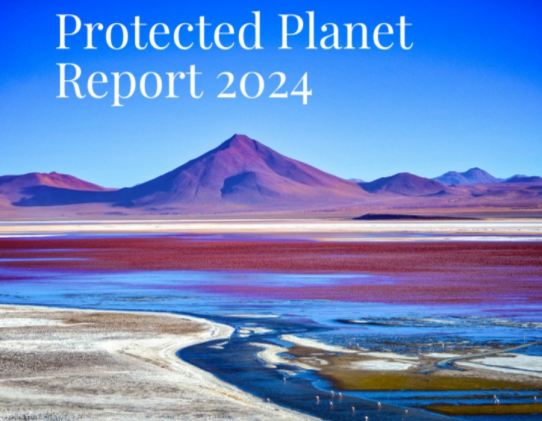
UNEP-WCMC launches the Protected Planet Report 2024 at COP16 Colombia
At this year’s biodiversity summit COP16 in Cali, Colombia, the World Conservation Monitoring Centre of the United Nations Environment Programme (UNEP-WCMC) has come forward with a comprehensive report on protected and conserved areas worldwide. A consortium partner of the CO-OP4CBD project, this global centre of excellence has been dedicated to capacity-building and data collection at the interface between science, policy and practice.
The published document coincides with the first stocktake of implementation efforts surrounding the Kunming-Montreal Global Biodiversity Framework (KM GBF) and its targets for the end of the current decade. As such, it zeroes in on the international pledge to protect 30% of the Earth’s territory by 2030 and how much progress has been made towards that aim.
Bearing this in mind, the experts at the UNEP-WCMC have concluded that the pace of change with regards to incorporating new conservation areas is unsatisfactory. In that sense, although headway has been made in the time since the KM GBF adoption, the speed with which protected status is granted around the planet must accelerate if the 2030 goal is to be met.
The report’s findings signify that:
-
17.6% of land and inland waters and 8.4% of the ocean and coastal areas on Earth are currently categorised as protected and conserved areas
-
the 2030 targets necessitate a doubling of this territory on land and a tripling in the oceans by the end of the decade
-
on land, the necessary area that still needs to be protected approximately covers the size of Brazil and Australia combined, while at sea it is larger than the Indian Ocean
Moreover, it is also made clear that, as things stand at the moment, the planet is falling short not only in the coverage of protected and conserved areas, but also in their quality. Nevertheless, the report indicates that the targets for 2030 remain attainable despite the challenges facing the global community. In that context, the progress made in the last few years is a cause for both celebration and cautious optimism as it showcases the possibility for change at the international level.
You can find the full Protected Planet Report 2024 and its associated press release here.